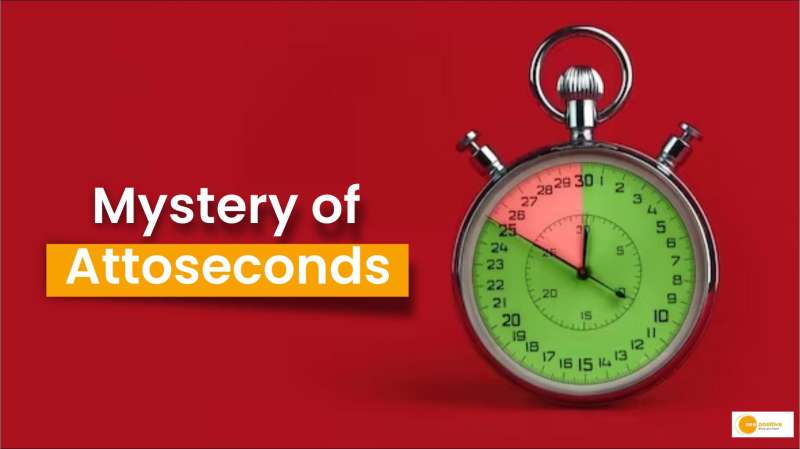In the world of cutting-edge physics, there’s a technique that’s changing the way we understand the electron – attosecond spectroscopy.
This groundbreaking research has earned three scientists the 2023 Nobel Prize in Physics. But what exactly is an attosecond, and how can these incredibly short light pulses shed light on the nature of matter?
Let’s dive into this fascinating realm of science and discovery.
Mystery of Attoseconds
When it comes to the tiniest units of time, attoseconds reign supreme. But just how brief is an attosecond?
To put it in perspective, it’s a mere 0.000000000000000001 of a second, making it an incredibly short pulse of light.
In fact, there are as many attoseconds in one second as there are seconds in the age of our universe.
What’s in a Blink?
Scientists have long studied the movement of slower-moving atomic nuclei using femtosecond light pulses (10^-15 seconds). However, electrons move at lightning speed, making it challenging to observe their actions.
Attosecond light pulses, which are a thousand times shorter than femtoseconds, have unlocked the ability to capture electron behavior.
Capturing Electrons in Motion
Electrons play a pivotal role in the behavior of atoms and molecules, governing chemical processes and shaping our understanding of matter.
Their rapid movement during these processes presented a unique challenge – until attosecond spectroscopy came into play.
Power of Spectroscopy
To delve into the secrets of electrons, scientists employ spectroscopy, a method that examines how matter interacts with light.
Attosecond pulses are essential for real-time observation, akin to using a camera with a millisecond exposure to capture clear, precise snapshots of fast-moving subjects.
Peering into Chemical Bond Breakage
One of the fundamental processes in nature is the breaking of chemical bonds, where shared electrons split into unbound atoms.
Attosecond pulses enable researchers to witness the real-time rupture of these bonds, providing insights into electron dynamics during this crucial event.
Dawn of Attosecond Technology
Attosecond technology became feasible in the early 2000s, leading to rapid growth in the field.
By offering shorter snapshots of atoms and molecules, attosecond spectroscopy has unraveled electron behavior in single molecules, including charge migration and atomic bond breaking.
Attosecond technology extends its reach to studying electrons in diverse environments, from liquid water to solid-state semiconductors.
As researchers enhance their ability to generate attosecond light pulses, they gain deeper insights into the fundamental particles that compose matter.
A Brighter Future of Understanding
In the quest to understand the intricacies of the electron and the nature of matter, attosecond spectroscopy has emerged as a powerful tool.
Its potential applications hold promise for advancements in various scientific fields, offering us a glimpse into the fundamental building blocks of our universe.
Conclusion
Attosecond spectroscopy stands as a testament to human curiosity and innovation. With each fleeting attosecond, we inch closer to unraveling the mysteries of electrons and the intricate dance of matter, ushering in a new era of scientific discovery and understanding.


